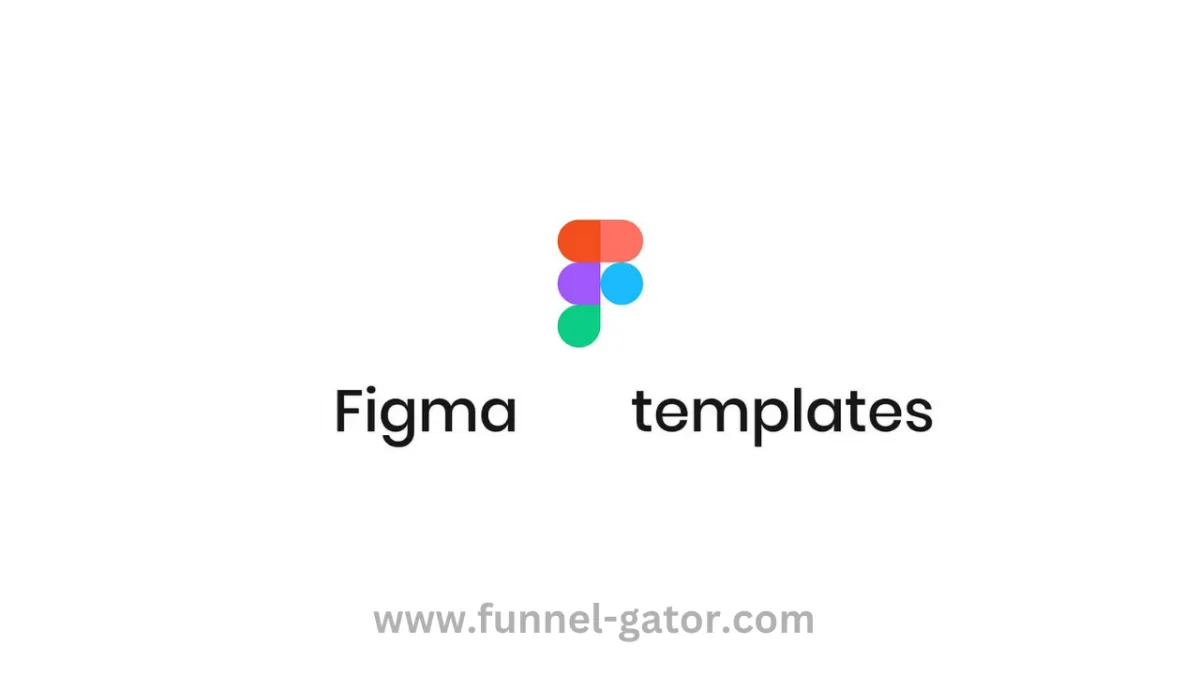
Build Stunning Websites Faster with a Figma Website Template
Creating a website from scratch can feel overwhelming. You sit down with a blank screen and a million ideas in your head—but where do you start? That’s exactly the situation Mia, a freelance designer from Austin, found herself in last summer. With a looming client deadline and no dev team in sight, she needed a fast and efficient way to design a site that looked good and worked well.
That’s when she discovered the magic of using a Figma website template.
If you’ve never used one before, you're in for a treat. Whether you're a solo designer, a startup founder, or even just someone exploring web design for the first time, Figma templates can dramatically simplify your workflow and boost your creativity.
In this guide, we’ll walk you through:
What a Figma website template is
Why it can save you hours (or even days) of work
How to choose the best one for your project
A step-by-step guide to using it
Where to find high-quality templates
Tips for customizing your design
And why investing in a premium template is totally worth it
Let’s dive in!
✨ What is a Figma Website Template?
A Figma website template is a ready-made design file built using Figma, a powerful, browser-based UI/UX design tool. These templates include pre-designed layouts, components, and styles that you can fully customize to fit your needs.
Think of it like a digital LEGO set—you get all the pieces (buttons, sections, forms, etc.), and you arrange them however you want to create a beautiful, functional website.
✅ Bonus: Many templates are responsive, meaning they're already optimized for both desktop and mobile views.
🧠 Why Use a Figma Website Template?
If you’re wondering why so many designers swear by them, here’s why:
Saves Time: No more starting from scratch. Most of the layout work is done for you.
Looks Professional: Templates are often designed by experienced UI/UX pros who know what works.
Easy to Customize: Change colors, fonts, images, and text to match your brand.
Great for Collaboration: Since Figma is cloud-based, your entire team can work together in real-time.
Perfect for Prototypes: Use templates to create clickable mockups quickly and impress clients or stakeholders.
Mia mentioned earlier? She used a Figma template to design a portfolio website in under two days. Her client was so impressed, they hired her for three more projects.
🔍 How to Choose the Right Figma Website Template
Here’s a quick checklist to help you pick the perfect one:
Purpose First: Are you building a portfolio, an e-commerce site, a blog, or a landing page? Choose a template that fits your goal.
Check Responsiveness: Make sure it includes both desktop and mobile designs.
Inspect the Layers: A well-organized Figma file makes editing so much easier.
Look for Auto Layout: Templates with Auto Layout are more flexible and adaptable.
Free vs. Paid: Free templates are a great starting point, but premium ones often come with more polished design and better documentation.
🛠 Step-by-Step: How to Use a Figma Website Template
Here’s your no-fluff guide to getting started:
Step 1: Find a Template
Check out platforms like:
Step 2: Duplicate or Download
Once you find a template you love, either duplicate it to your Figma account (if it’s on the Figma Community) or download the file and upload it manually.
Step 3: Customize to Match Your Brand
Update:
Colors (using Styles)
Fonts
Content
Images
Use the Inspect Panel to easily tweak components and layers.
Step 4: Create Prototypes
Link your pages and buttons using Figma’s Prototyping Tool to bring your design to life.
Step 5: Share or Export
Share with developers, clients, or your team, or export assets for development.
🌟 Tips for Customizing Your Template
To make your template truly yours:
Use a consistent color palette that matches your brand. Check out tools like Coolors to help generate one.
Stick to 2-3 font styles for a clean look.
Replace placeholder images with high-quality visuals from Unsplash or Pexels.
Don’t overcomplicate. Simplicity wins in most modern web design.
💎 Why You Should Consider a Premium Figma Website Template
Free is great, but here’s why premium templates are worth it:
Better design quality
More layout options and variations
Developer handoff tools (like design systems or documentation)
Regular updates and support
Commercial use license
Investing in a high-quality Figma website template is like buying a high-end toolbox—it makes your job easier, faster, and more enjoyable.
🔚 Final Thoughts
Using a Figma website template can be a total game-changer, whether you're building a personal portfolio or designing the next big startup landing page. It removes the friction from starting a project and gives you a solid design foundation to build on.
As Mia would say: “I don’t design from scratch anymore—why reinvent the wheel when the wheel already looks amazing?”
So go ahead, explore the world of Figma templates, find one that speaks to you, and start creating websites with confidence.


